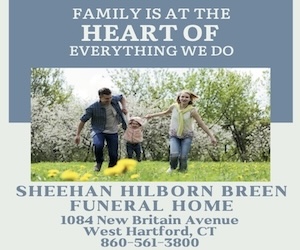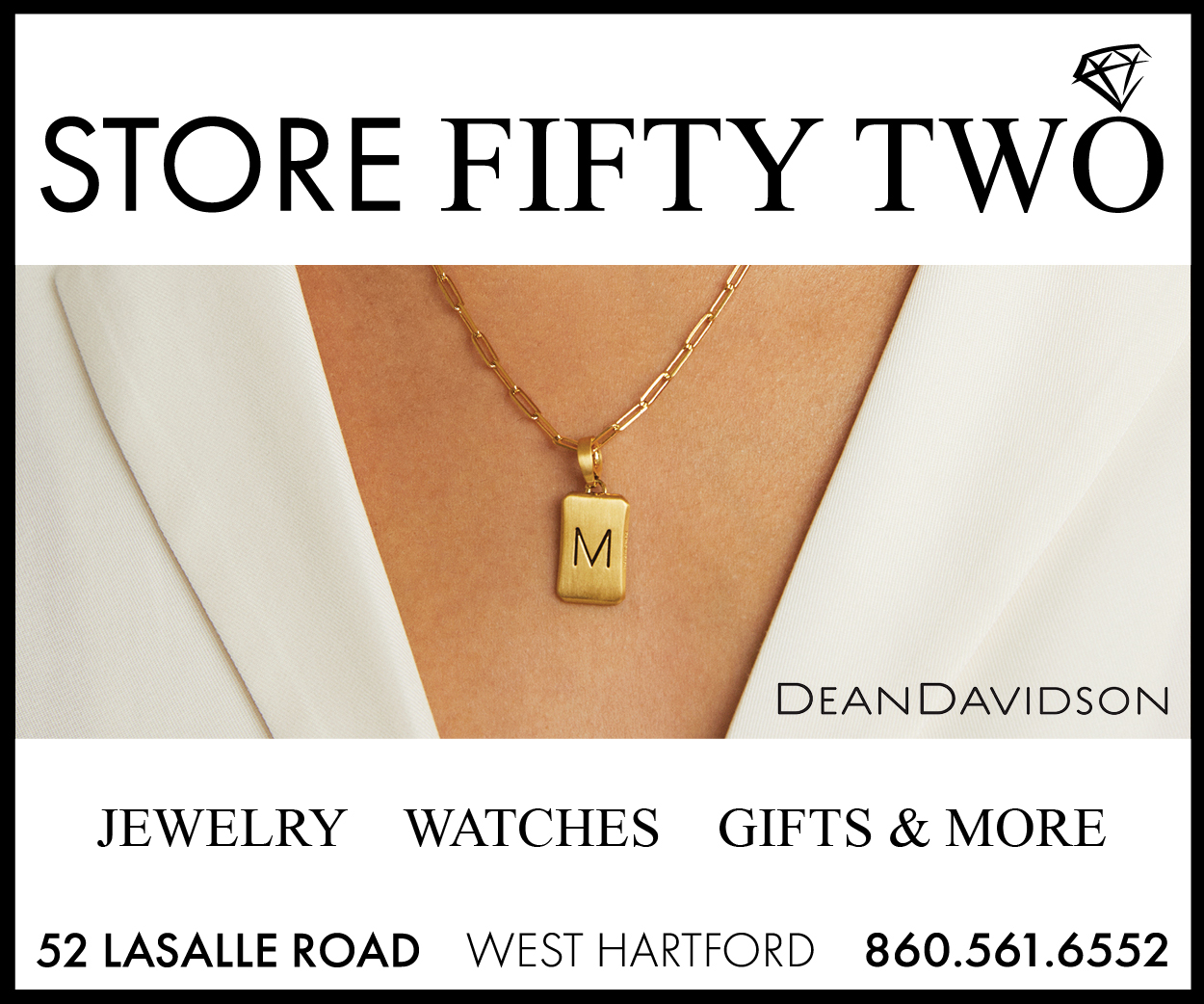
Joyce Mandell is the executive producer of the film.
In “Schindler’s List,” Steven Spielberg brings to light the previously little-known story of a German businessman who saved hundreds of Jews from the concentration camps during World War II.
Oskar Schindler was not an isolated example: there were many such heroes who defied the Nazis in various ways to save countless Jews from a similar fate. Chief among them were the 13 diplomats whose efforts are documented in “The Rescuers,” a new film from Emmy Award-winning filmmaker Michael King and executive producer Joyce D. Mandell.
“The Rescuers” traces the journey of Stephanie Nyombayire, a young Rwandan anti-genocide activist, who teams up with leading Holocaust historian Sir Martin Gilbert. The two travel across 15 countries and three continents interviewing survivors and descendants of the diplomats who rescued tens of thousands of Jews from the Nazis. Nyombayire embarks upon this quest in an effort to uncover potential solutions for the ongoing genocide in Darfur and elsewhere.

Joyce D. Mandell
“The Rescuers” will be shown on Thursday, May 12 at the Mandell JCC of Greater Hartford, followed by a discussion with Mandell and King.
Mandell spoke with the Ledger about the film.
Why did you decide to make this film?
A: There had been stories about these diplomats, but not enough. They defied their governments, took a chance with their families, risked their lives, and when they returned home, there was nobody to applaud them, nobody to give them praise. There were no bragging rights at all. Basically, they had no jobs, no careers, and didn’t talk about what had occurred. I first became aware of the diplomats when I saw a traveling photography exhibit on the subject at Connecticut College, and again in Washington, D.C. and on Ellis Island. We and two other families brought the show to the University of Hartford. I recognized that, in this format, the story wasn’t going to get to the numbers of people and the diverse demographics you need to create wide awareness. This is a story that really needed to be told.
We made the film so that, when it plays in other countries and for young people and is shown by other institutions like churches and synagogues and schools, there can be a conversation about heroes. My granddaughter asked me, “What’s the film about?” I said, “Heroes.” She said, “Like Spiderman?” I said, “No, these are real-live heroes, people who saved lives and risked their lives to save lives.” There’s a whole generation for whom “superheroes” mean something different.
How did you start working with Michael King?
A: This is the fourth film we’ve worked on. I met Michael 15 years ago when I was on the board of the Greater Hartford Arts Council. He had received state funds to do a film on gang violence. He was working with the Hartford Board of Education, and we helped develop a curriculum to accompany the film. It addressed choices and consequences and conflict resolution, all wrapped around a documentary. I was taken with him and invited him to meet with my son Bruce and me at the [Andrew J. and Joyce D. Family] Foundation. We told him that if we offered financial support, we wanted to work together with him.
We did “Breaking the Silence,” a film on teenage pregnancy, then “Rapping with Shakespeare,” which follows a teacher at Crenshaw High School in South Central Los Angeles.
When I thought about doing a film about the diplomats, I called Michael and told him about the photo exhibit. He found the story very compelling and when I asked him why he was interested in doing the film, he answered, “because I’m African-American and I get crimes against humanity.”
What were some of the challenges you faced in making the film?
A: We made the film in a difficult economic time. In June 2008, Michael met Stephanie and Sir Martin Gilbert in Israel; they started their research at Yad VaShem, where they learned about the diplomats, a very small but important group. August saw the financial collapse throughout the world, and there really was no money around. Our family had to sit down and decide whether we should back-burner the project. We had already committed to it, so we went forward.
At the end of the day, it was fortunate that we were the only producers, because it wouldn’t have been made if I had had partners. I had the relationship with Michael and the confidence in his ability.
We’ve had a lot of magic around this film, a lot of “meant to be.” Martin Gilbert was the first piece. Michael found him and called him, and he wanted to be a part of the film and had confidence in us. His participation made it a different film than it would have been if we had just expanded on the photo exhibit.
It was Michael’s creativity and genius to make the connection between the Holocaust and genocide and make the case that “Never Again” should mean “Never Again,” and that diplomats should never let it happen again. Stephanie asks in the film why saving lives can’t be government policy.
What were your personal motivations in making the film?
A: I didn’t have a background, didn’t have relatives who lived through the Holocaust. We didn’t lose family members; they had left Europe earlier. I didn’t grow up with stories at the dinner table and all those terrible secrets, but I’m Jewish, and I thought it was extraordinary that these non-Jews had this real motivation to save lives. I wanted to know where that came from, what’s known as the “mystery of goodness.”
Why did the Japanese diplomat, with no connection to the Jewish community, sacrifice everything to save Jews? There is a very simple answer from one of the Holocaust survivors in the film, who lives in Israel now. When he’s asked why the diplomat would do what he did, the survivor says, “Well, I’ll tell you: because good men do good things.” When Stephanie is asked about her rescuer, she says, “It was a habit of his character to be good and to make good decisions.”
We used the Holocaust as a vehicle to talk about heroes and rescuers. The Holocaust was 70 years ago, and we wanted to make a bridge to answer the question, where are the heroes today? When we started working on the film in 2008, we knew about the massacres in Rwanda and Darfur, and now we’re seeing incidents in Libya. Where are the rescuers?
People like this story. They like the fact that there’s goodness. I think that they like to feel that, when called upon, they might have this ability to do good. Or they feel they might not have that ability. You look to yourself and say could you answer the call and take a risk about your career, the rest of your life, your family, maybe your own life – to save another? We think it’s an interesting question.
For information on the May 12 JCC program visit www.mandelljcc.org or call (860) 236-4571.








 Southern New England Jewish Ledger
Southern New England Jewish Ledger








